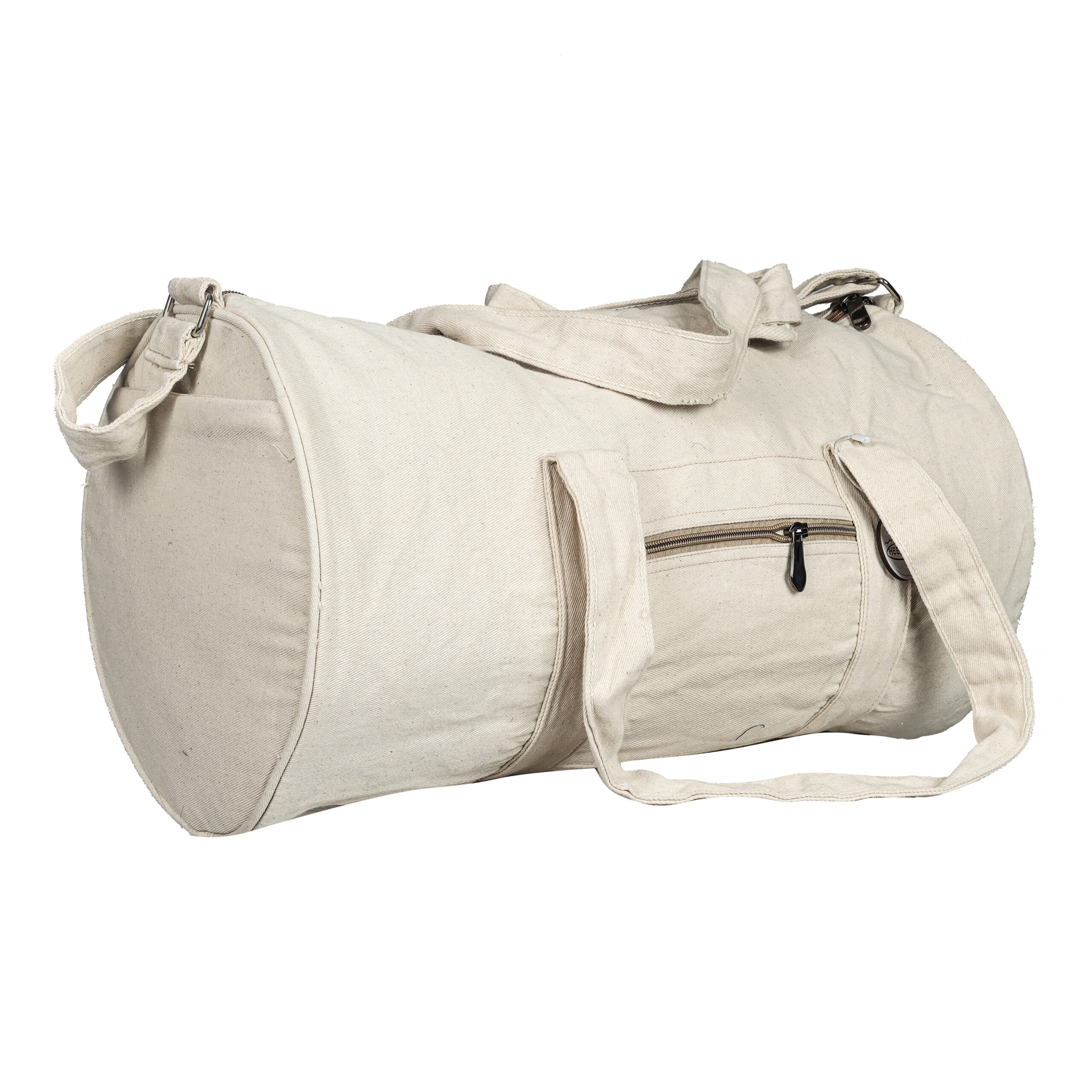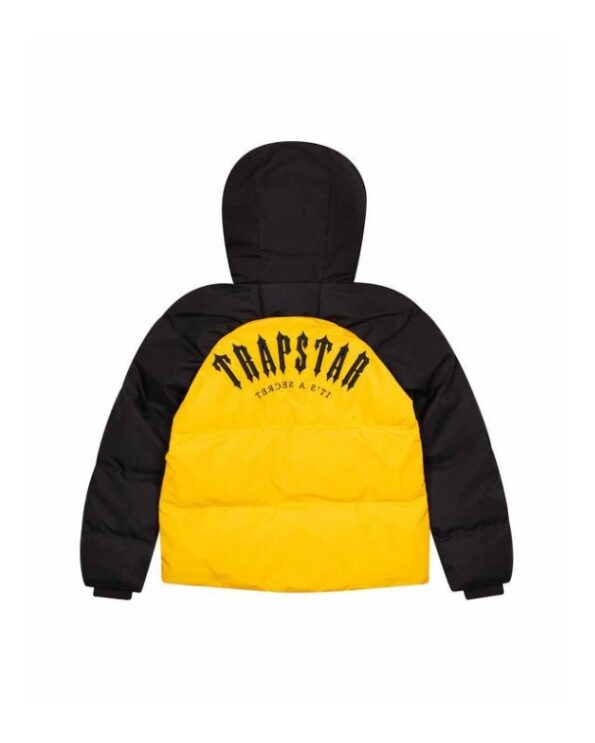When it comes to eco-friendly fabrics that combine strength, affordability, and sustainability, jute fabric stands tall among the rest. Often called the “Golden Fiber” because of its natural golden shine, jute has been used for centuries to make ropes, sacks, mats, and even fashionable items. Today, as the world embraces greener alternatives in textiles, packaging, and home décor, jute fabric is enjoying a well-deserved comeback.
What is Jute Fabric?
Jute fabric is a natural textile made from the stalks of the jute plant (Corchorus genus), which grows mainly in India and Bangladesh. It is a long, soft, and shiny plant fiber that can be spun into strong threads and woven into durable cloth.
Unlike synthetic fibers, which are derived from petroleum, jute is a 100% biodegradable and renewable resource. This makes it not only a reliable choice for industrial use but also an environmentally friendly one.
The History of Jute
The use of jute fabric dates back thousands of years. Historical records suggest that ancient civilizations used jute ropes and cloth for daily living. However, jute’s commercial popularity grew during the 18th and 19th centuries when it became a major raw material for making sacks, ropes, and gunny bags in colonial India.
By the 20th century, jute was known as the backbone of Bengal’s economy, and even today, Bangladesh and India remain the largest producers of this remarkable fiber.
Key Properties of Jute Fabric
Jute’s increasing demand is no coincidence. Its properties make it stand out as one of the most useful natural fibers available.
- High Durability: Jute fibers are tough and resilient, making them ideal for heavy-duty products like sacks, ropes, and mats.
- Breathability: Jute fabric allows air circulation, making it suitable for packaging food products such as grains and vegetables.
- Eco-Friendly: Being biodegradable, recyclable, and renewable, jute fabric is an environmentally responsible alternative to plastic.
- Cost-Effective: Jute is cheaper to cultivate and process compared to cotton, making it a budget-friendly fabric.
- Moisture Absorption: It has natural moisture retention properties, though it is not water-resistant.
- Aesthetic Appeal: The golden-brown shine gives it a rustic yet elegant look, which is why it’s now widely used in fashion and home décor.
Types of Jute Fabric
Jute fabric isn’t one-size-fits-all; it comes in different types based on quality and use:
- White Jute: The most common type, soft and suitable for making cloth, ropes, and bags.
- Tossa Jute: Stronger and shinier than white jute, widely used in finer quality fabrics.
- Mesta Jute: A hybrid variety used for industrial purposes.
- Jute Blends: Mixed with cotton or synthetic fibers to create softer, more versatile fabrics for fashion.
Uses of Jute Fabric
Jute fabric is incredibly versatile. Its uses stretch across industries, fashion, and even interior décor.
1. Industrial Applications
- Sacks and gunny bags for storing grains, rice, sugar, and vegetables.
- Ropes, twines, and nets for packaging and construction.
- Hessian cloth for upholstery, insulation, and wall coverings.
2. Fashion Industry
- Trendy jute handbags, clutches, and wallets.
- Jute-cotton blended clothing for sustainable fashion.
- Belts, shoes, and accessories.
3. Home Décor
- Jute rugs, carpets, and mats that add a rustic charm.
- Cushion covers, curtains, and table runners.
- Wall hangings and craft décor items.
4. Agriculture
- Used as eco-friendly grow bags.
- Jute mats for soil erosion control.
- Plant protection and mulching sheets.
5. Eco-Friendly Alternatives
- Jute shopping bags to replace plastic carry bags.
- Reusable packaging solutions.
- Biodegradable gift wraps and pouches.
Why Jute is Called the Golden Fiber
The term “Golden Fiber” is not just about its shiny golden appearance but also about its economic and environmental value. Jute has been a source of livelihood for millions of farmers and workers in South Asia. At the same time, it provides the modern world with an alternative to harmful plastics.
In fact, jute plants absorb large amounts of carbon dioxide and release oxygen, improving air quality. Its cultivation requires less fertilizer and pesticide compared to cotton, making it a more sustainable crop.
Jute in Sustainable Fashion
In recent years, eco-conscious designers and fashion brands have rediscovered jute as a stylish and responsible fabric. From runway collections to everyday accessories, jute blends beautifully with cotton and silk to create chic, modern outfits.
Consumers are also shifting toward ethical fashion, and jute offers exactly that affordability, durability, and a low environmental footprint. Today, stylish jute sling bags, tote bags, and footwear are highly sought after by eco-conscious shoppers.
The Future of Jute Fabric
With global campaigns against plastic and synthetic waste, the future of jute looks brighter than ever. Governments are promoting jute bags as replacements for single-use plastics, and industries are experimenting with jute composites in furniture and automobile interiors.
Innovations such as laminated jute fabric and jute geotextiles are expanding its scope. Jute geotextiles, for example, are being used in road construction and erosion control projects due to their durability and biodegradability.
Caring for Jute Fabric
To make your jute products last longer, here are some simple care tips:
- Keep it dry: Avoid prolonged exposure to moisture, as jute is prone to mold.
- Clean gently: Use a soft brush or a damp cloth for cleaning. Avoid harsh detergents.
- Store properly: Keep in a cool, dry place away from direct sunlight to prevent fading.
Final Thoughts
Jute fabric is much more than just a rustic fiber it is the symbol of sustainable living. Its versatility, eco-friendliness, and natural charm make it an essential part of industries, homes, and fashion collections worldwide.


